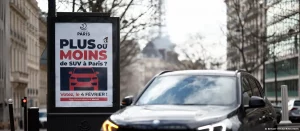For better or worse, adults learn to say it with emoticons
“Twenty-five years after they were invented as a form of shorthand for computer-geeks, emoticons – an open-source form of pop art that has evolved into a quasi-accepted form of punctuation – are now ubiquitous.
No longer are they simply the province of the generation that has no memory of record albums, $25 jeans or a world without Nicole Richie. These sweet hieroglyphs, arguably as dignified as dotting one’s I’s with kitten faces, have conquered new landscape in the lives of adults, as more of our daily communication shifts from the spoken word to text. Applied appropriately, users say, emoticons can no longer be dismissed as juvenile because they offer a degree of insurance for a variety of adult social interactions, and help avoid serious miscommunications.”
Note the casual observation that our communication is shifting from the spoken word to text, which is confirmed by Swisscom’s ethnographic research on communication patterns in Switzerland.
The article also includes a short interview with Scott Fahlman, the inventor of the emoticon.




[…] Contact the Webmaster Link to Article open source For better or worse, adults learn to say it with emoticons » Posted at […]